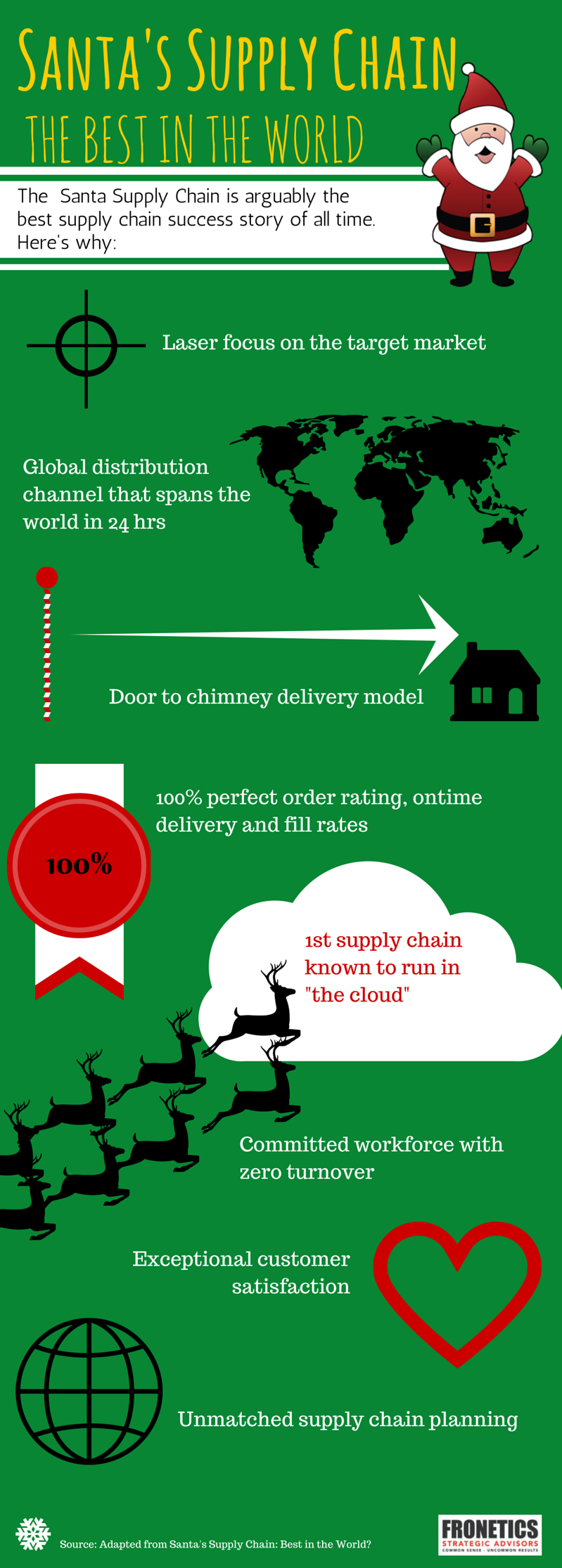
by Fronetics | Dec 3, 2014 | Blog, Strategy, Talent

Where is your career going? If you feel like you are stuck in a career rut, here are five tips to pull yourself out:
1. Focus on the short-term, not your career path.
When it comes to a career path, one plus one doesn’t necessarily equal two anymore. The nature of business and the career landscape is evolving at lighting speed and making it nearly impossible to map out a five- or 10-year career path. So rather than trying to map out a long-term plan, optimize for one to two years.
Dara Khosrowshahi, CEO, Expedia, Inc., offers this sage advice: “Look for the right opportunities, stay flexible, have some idea of what direction you are headed in, but don’t lock into a long-term direction because chances are that the world will change up on you.”
2. Speak up.
Does anyone know you want to switch department or roles, or is it your secret? Are you the only who knows that you want to move up the ladder within your company? If so, you need to speak up and let people know what’s on your mind. Talk with your boss, talk with the manager in the role/department in which you are interested, and talk with HR. If you let people know your desires, your desires will be much more likely to be realized.
3. Prove yourself.
Don’t think — act. If you want to take on additional responsibilities, you need to show that you are capable. If you want to move into a new role, prove that you have the skills to do so. Actions speak loudly.
4. Network.
Networking opens doors. Networking begets opportunities that benefit and feed your career, professional development, and personal interests. And if you are interested in finding a new job, networking will help you do just that. Studies have shown that the majority of candidates find jobs via their networks.
5. Quit.
If you are truly unhappy — quit. When you make the mental decision that you are going to leave your job, most likely you’ll feel a weight has been lifted. With the weight gone you will be able to more easily determine your next steps and find a new position. Note I said mental decision. It is best to give your actual notice after you find a new position.
Getting your career going in a positive direction will benefit you and your organization. It’s never the wrong time to make some moves designed to get yourself out of a career rut.

by Fronetics | Dec 3, 2014 | Blog, Strategy, Talent

Where is your career going? If you feel like you are stuck in a career rut, here are five tips to pull yourself out:
1. Focus on the short-term, not your career path.
When it comes to a career path, one plus one doesn’t necessarily equal two anymore. The nature of business and the career landscape is evolving at lighting speed and making it nearly impossible to map out a five- or 10-year career path. So rather than trying to map out a long-term plan, optimize for one to two years.
Dara Khosrowshahi, CEO, Expedia, Inc., offers this sage advice: “Look for the right opportunities, stay flexible, have some idea of what direction you are headed in, but don’t lock into a long-term direction because chances are that the world will change up on you.”
2. Speak up.
Does anyone know you want to switch department or roles, or is it your secret? Are you the only who knows that you want to move up the ladder within your company? If so, you need to speak up and let people know what’s on your mind. Talk with your boss, talk with the manager in the role/department in which you are interested, and talk with HR. If you let people know your desires, your desires will be much more likely to be realized.
3. Prove yourself.
Don’t think — act. If you want to take on additional responsibilities, you need to show that you are capable. If you want to move into a new role, prove that you have the skills to do so. Actions speak loudly.
4. Network.
Networking opens doors. Networking begets opportunities that benefit and feed your career, professional development, and personal interests. And if you are interested in finding a new job, networking will help you do just that. Studies have shown that the majority of candidates find jobs via their networks.
5. Quit.
If you are truly unhappy — quit. When you make the mental decision that you are going to leave your job, most likely you’ll feel a weight has been lifted. With the weight gone you will be able to more easily determine your next steps and find a new position. Note I said mental decision. It is best to give your actual notice after you find a new position.
Getting your career going in a positive direction will benefit you and your organization. It’s never the wrong time to make some moves designed to get yourself out of a career rut.
![The Santa Supply Chain [Infographic]](https://www.fronetics.com/wp-content/uploads/2024/10/Santa-Supply-Chain-Infographic-799x675.png)
by Fronetics | Dec 2, 2014 | Blog, Logistics, Strategy, Supply Chain, Transportation & Trucking
“Gartner likes to publish the Top 25 Supply Chains every year. Unfortunately, there’s one supply chain the esteemed analyst firm continues to overlook. And it just so happens to be the greatest supply chain success story of all time. I’m talking about The Santa Claus Supply Chain.”
Richard Howell’s 2011 article proposing that Santa’s Supply Chain is superior to those on Gartner’s list leaves little room for argument. Let’s be honest, is there another supply chain that can (using just one sleigh) deliver orders to 822 homes per second and has a:
- Committed workforce with a 0% turnover rate (Dasher, Dancer, Prancer, Vixen, Comet, Cupid, Donner, and Blitzen are loyal and long-serving);
- 100% order rating; and
- 100% on-time delivery?
I think not.
Check out Howell’s article for more interesting facts, and our Santa Supply Chain infographic for holiday fun.

![The Santa Supply Chain [Infographic]](https://www.fronetics.com/wp-content/uploads/2024/10/Santa-Supply-Chain-Infographic-799x675.png)
by Fronetics | Dec 2, 2014 | Blog, Logistics, Strategy, Supply Chain, Transportation & Trucking
“Gartner likes to publish the Top 25 Supply Chains every year. Unfortunately, there’s one supply chain the esteemed analyst firm continues to overlook. And it just so happens to be the greatest supply chain success story of all time. I’m talking about The Santa Claus Supply Chain.”
Richard Howell’s 2011 article proposing that Santa’s Supply Chain is superior to those on Gartner’s list leaves little room for argument. Let’s be honest, is there another supply chain that can (using just one sleigh) deliver orders to 822 homes per second and has a:
- Committed workforce with a 0% turnover rate (Dasher, Dancer, Prancer, Vixen, Comet, Cupid, Donner, and Blitzen are loyal and long-serving);
- 100% order rating; and
- 100% on-time delivery?
I think not.
Check out Howell’s article for more interesting facts, and our Santa Supply Chain infographic for holiday fun.


by Fronetics | Nov 27, 2014 | Blog, Leadership, Marketing, Strategy

The Dunkin’ Donuts in Boston’s Back Bay Station is a well-oiled machine. The whole process – ordering a cup of coffee, paying, and receiving said coffee – takes seconds. The experience is something reminiscent to Seinfield’s Soup Nazi.
For customers who frequent this Dunkin’ Donuts expect this. They have timed their commute down to the minute and they know that if they can move through a line of 30 or so people in seconds – and make the train. For customers who don’t frequent this Dunkin’ Donuts the experience can be jarring.
On the other hand, there is a small coffee shop I visit in Maine. It takes minutes (think two digit numbers) to get a cup of coffee, and then more minutes to pay. Customers who frequent this coffee shop savor this time that it takes to get their coffee. The minutes waiting allow for conversations or quiet meditation.
Watching someone new enter the coffee shop is always interesting. There are those that start to wait in line and then leave when, after minutes, they are no closer to getting coffee. There are others who wait it out, checking their watch or smart phone every few seconds as if this will speed up the process. These people generally leave in cloud of frustration.
These two businesses know their customers. They have taken the time to understand what the needs are of the customer and they have tailored their business to address these needs.
To grow your business you need to take the time to determine who your target customer is, what their needs are, and how you can address these needs and bring value to the customer.

by Fronetics | Nov 27, 2014 | Blog, Leadership, Marketing, Strategy

The Dunkin’ Donuts in Boston’s Back Bay Station is a well-oiled machine. The whole process – ordering a cup of coffee, paying, and receiving said coffee – takes seconds. The experience is something reminiscent to Seinfield’s Soup Nazi.
For customers who frequent this Dunkin’ Donuts expect this. They have timed their commute down to the minute and they know that if they can move through a line of 30 or so people in seconds – and make the train. For customers who don’t frequent this Dunkin’ Donuts the experience can be jarring.
On the other hand, there is a small coffee shop I visit in Maine. It takes minutes (think two digit numbers) to get a cup of coffee, and then more minutes to pay. Customers who frequent this coffee shop savor this time that it takes to get their coffee. The minutes waiting allow for conversations or quiet meditation.
Watching someone new enter the coffee shop is always interesting. There are those that start to wait in line and then leave when, after minutes, they are no closer to getting coffee. There are others who wait it out, checking their watch or smart phone every few seconds as if this will speed up the process. These people generally leave in cloud of frustration.
These two businesses know their customers. They have taken the time to understand what the needs are of the customer and they have tailored their business to address these needs.
To grow your business you need to take the time to determine who your target customer is, what their needs are, and how you can address these needs and bring value to the customer.


![The Santa Supply Chain [Infographic]](https://www.fronetics.com/wp-content/uploads/2024/10/Santa-Supply-Chain-Infographic-799x675.png)

